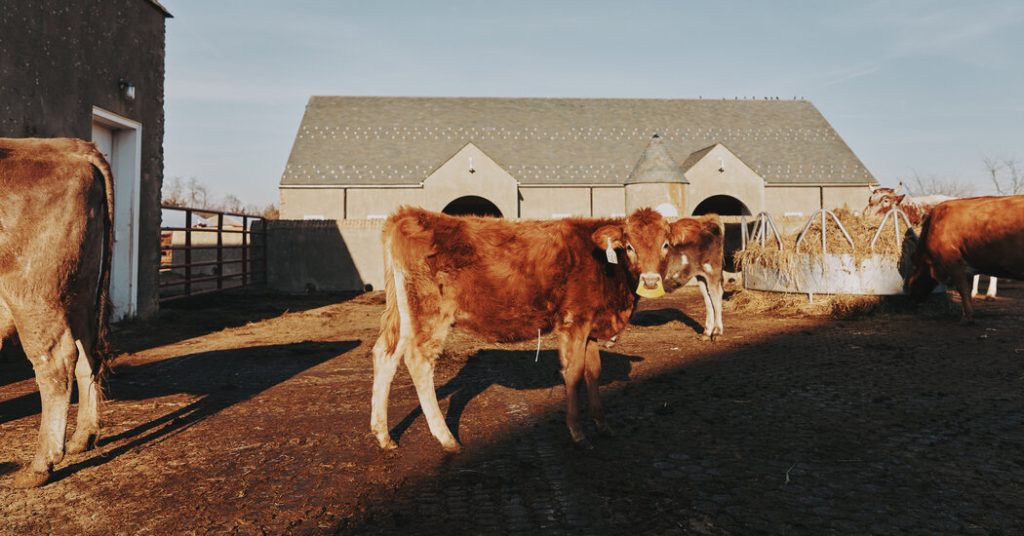One person in Texas has been diagnosed with bird flu after coming in contact with dairy cows suspected of being infected, officials confirmed. This new development adds to a global outbreak that has impacted millions of birds and sea mammals, as well as cows in the United States. Experts have stated that there is currently no evidence to suggest that the virus has mutated in a way that would allow it to easily spread among humans. The patient in Texas experienced conjunctivitis as the primary symptom and is undergoing treatment with antiviral medication, with signs of recovery.
The virus, identified as the H5N1 subtype of influenza, has been detected in dairy herds in several states in the U.S., including Texas, Kansas, Michigan, New Mexico, and Idaho. This is only the second case of H5N1 bird flu in humans in the country, following the first case in 2022. While the risk to the general public is considered low, ongoing testing and analysis are being conducted. The Centers for Disease Control and Prevention is working with state health departments to monitor individuals who may have been in contact with infected birds and animals.
Bird flu, also known as avian influenza, is a group of flu viruses that primarily affect birds. The H5N1 virus was first identified in geese in China in 1996 and later in people in Hong Kong in 1997. Since then, it has caused sporadic cases in individuals worldwide, mainly through direct contact with infected birds. Despite its prevalence in birds, experts note that H5N1 has not shown strong transmission capabilities among humans. The recent cases involving cows highlight a new aspect of the virus’s spread and adaptation.
Cows were not previously considered a high-risk species for bird flu, but reports of infected cows in Texas and New Mexico have raised concerns. The virus is causing mild illness in cattle, with symptoms such as decreased milk production, fever, and appetite loss. Infected cows have been found to be producing thick, discolored milk, and the virus has been detected in unpasteurized samples. The exact route of transmission to cows remains unclear, with potential sources including contaminated food, water, or contact with other infected animals.
The extent of the problem is still unknown, as confirmed cases have been reported in several states, including cows from dairy herds. The virus has not been detected in beef cattle yet, but experts warn that more infected herds may exist undetected due to limited testing. Concerns also arise from the movement of cattle between states, potentially spreading the virus to new locations. The possibility of cow-to-cow transmission is being investigated as a potential mechanism for the rapid spread of the virus among dairy herds.
Scientists are closely monitoring the genetic sequence of the virus to determine if it has developed mutations that would enable it to spread more efficiently among humans. In previous studies, the virus has shown the ability to spread between ferrets, a common model for studying respiratory virus transmission. While mutations indicating mammalian adaptation have been observed, experts emphasize that the virus has not yet shown significant capacity for human-to-human transmission. Continued surveillance and analysis are crucial to understand and mitigate the potential risks associated with bird flu outbreaks.


